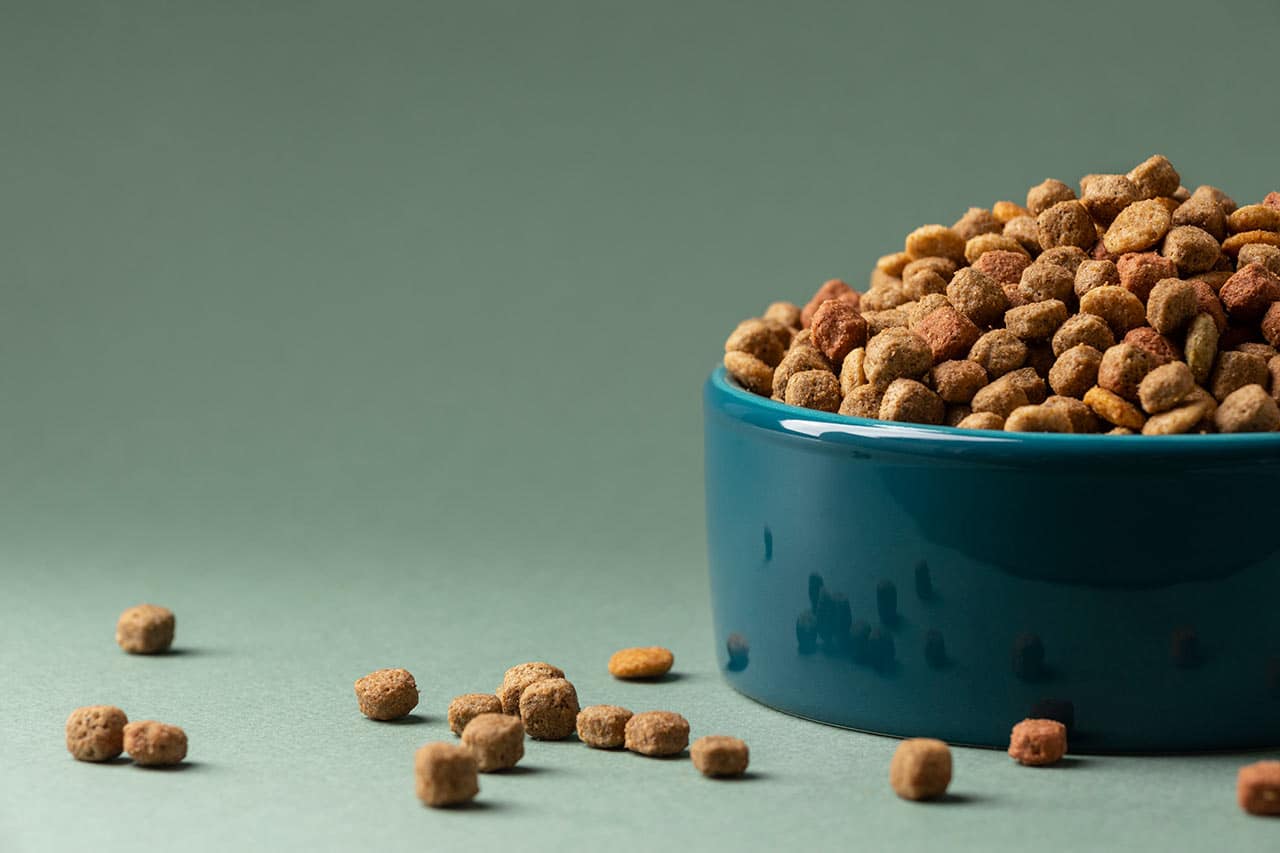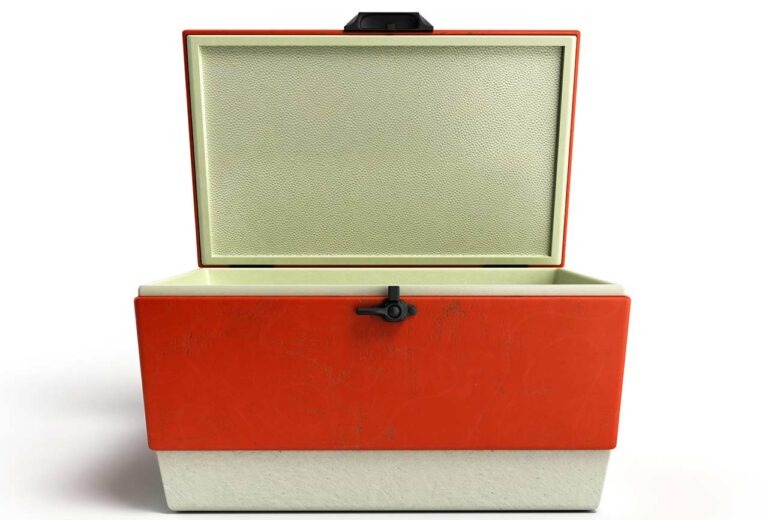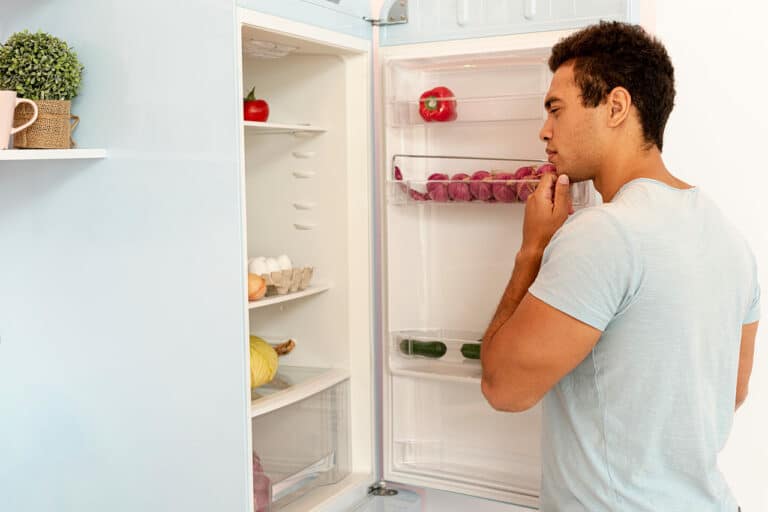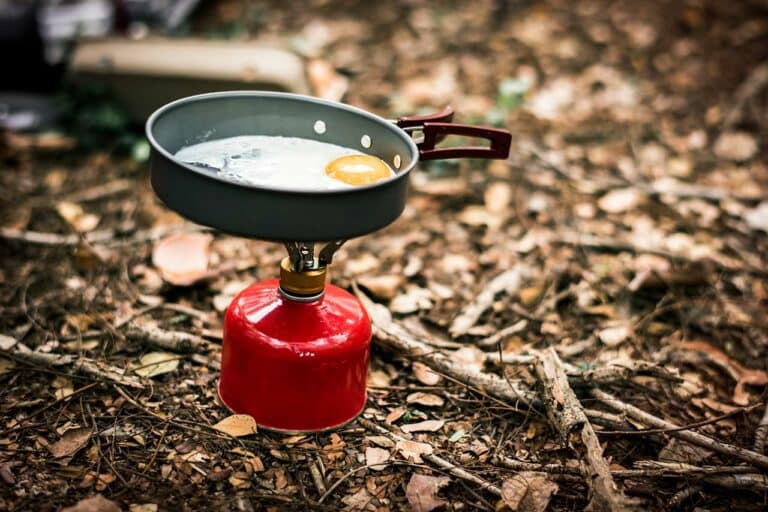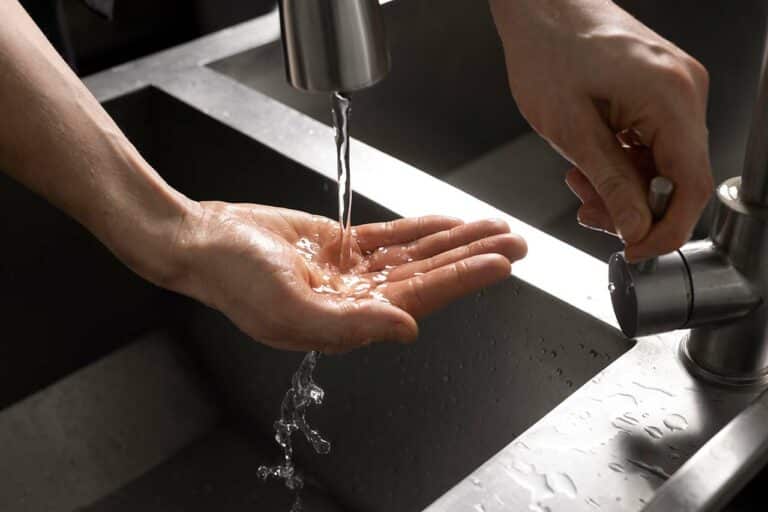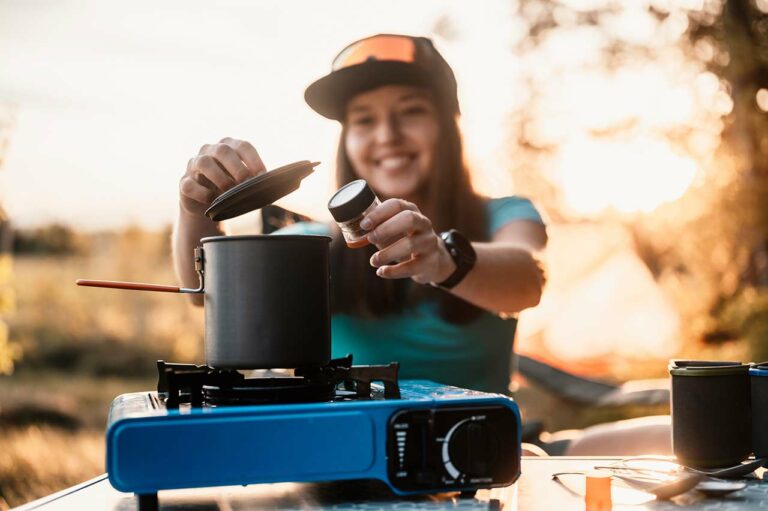How To Store Dry Dog Or Cat Food Long Term (What To Know)
As a pet owner, you know that your power outage prep isn’t just about the people in your household. You also have to account for your furry family member.
Proper storage of pet food can make sure you have enough food on hand for your pet in the event of the unexpected, like a power outage.
The key to preserving your pet’s dry food is protecting it from moisture, air, and extreme temperatures. (A lot like people food.) Airtight containers come in handy for this purpose, as they prevent oxidation and the growth of mold and bacteria that can harm your pet’s health. Storing the food in a cool, dry location, away from direct sunlight, is also crucial to maintaining its freshness and nutritional value.
Basically, when storing your emergency food supply, if you treat your pet’s food just like your own, you should be good for the long-haul.
Selecting Appropriate Storage Containers
Like with your own food supply, when it comes to storing dry dog or cat food for the long term, the container you choose makes a world of difference. The right container should keep the food fresh, maintain its taste, and prevent any pests from getting in.
Plastic Containers
Plastic containers might seem like an obvious choice due to their convenience and affordability. However, you should be cautious with certain types of plastic storage containers. Studies have shown that some plastics can impart an odor and taste to the food, which could negatively affect its taste and make your pet less likely to eat it. If you do opt for a plastic container, give it a smell before you buy it. It sounds weird, but if the container has a strong plastic smell, it’s more likely to alter the food inside.
If you do find a pretty neutral-smelling plastic container, make sure it’s airtight to keep the food fresh. Your best bet is to find a plastic container that’s specifically designed for storing pet food, which should minimize issues with odor and taste transfer.
Glass Containers
Glass containers are another option for storing pet food long-term. These containers don’t give off any odors and won’t affect the taste of the food. Glass containers, particularly those with airtight lids, help to maintain the freshness of the food and keep out any unwanted critters.
The downfall of glass containers is that they let a lot of light in. This shouldn’t be a huge issue if pet food is kept in its original packaging, and it should be (we’ll get to that in a minute), but light exposure is something that can damage pet food over time. So, it’s something to think about when thinking about storage options and locations.
Maintaining Quality of Pet Food
Original Packaging
Keeping your pet’s food fresh is essential for top-notch nutrition, and even to get them to eat at all if the grid goes down long-term. But, luckily, the manufacturers have your back on this.
Pet food packaging is designed to keep pet food as fresh as possible, even when storing it somewhat long-term. So, to get the most storage bang for your buck, store dry pet food in the original packaging inside a sealed container to lock in the goodness. Cool, dry environments (under 80°F with low humidity) keep that nutrition on point. Treat unopened bags of pet food like gold – the original seal is your best defense, protecting the food from unwanted moisture, bacteria, and pests.
Proper Storage Environment
We’ve already dabbled in the best place to store your dog’s or cat’s food for long-term preparedness, but let’s go into detail.
Temperature Control
If you can keep your pet’s food at a moderate temperature, it will last longer. Ideally, that temp should be under 80°F, but, in the worst of a summer power outage, even keeping the food under 100°F (38°C) will keep it fresh longer.
The problem with high heat is that it can mess with the vitamins in your pet’s food and cause the fats to go rancid. If it gets too hot, you may end up with food your dog or cat won’t eat, or that won’t give them as much nutritional benefit if they do.
Humidity Regulation
Along with keeping heat at bay, you need to keep dried food’s other natural enemy – moisture – at bay when storing dog or cat food. Exposure to air and humidity can make pet food go bad quick. Low humidity is where it’s at for long-term storage. So, keep pet food in a sealed container, and make sure your pantry or cupboard aren’t prone to excess moisture.
Recognizing When Pet Food Has Gone Bad
Nutrients in pet food can break down over time, especially if the food isn’t stored properly. When dry dog or cat food goes bad, it’s not just a waste of money, it can also be harmful to your pet’s health. So, here’s how to recognize when pet food has gone bad.
First off, give the food a good whiff. A rancid smell is a clear indicator that something’s off. Dry pet food should have a mild, pleasant aroma. If it smells sour or off-putting, toss it out.
Keep an eye out for unusual changes in texture or appearance. If the kibble has become soft, moldy, or oily, it’s time to get a fresh bag. Mold and mildew are not only gross, but can pose serious health risks for your furry friend.
Rotate your pet’s food stores the same way you rotate your own. Keep an eye on expiration dates and replace food as necessary.
Pet Treats
Changes in normal routine, like power outages, are tough on pets, often more so than they are on people. So, don’t forget treats for your furry friend loves.
Like with kibble, proper storage is key to maintaining their quality. If the treats come in a resealable bag, make sure to seal it tightly after each use. If not, consider transferring the treats to an airtight container. Store extra bags of treats in a cool, dry place away from direct sunlight, and keep an eye on your supply, so you can use them up before they expire.
Prioritizing Your Pet’s Needs in a Power Outage
Preparing for the unexpected extends beyond our own needs. As devoted pet owners, ensuring our furry companions are catered for during emergencies is paramount. By taking the necessary steps to store pet food correctly, not only are you preserving its nutritional value, but you’re ensuring the safety and well-being of your pet, so they can weather the storm right along with you.

